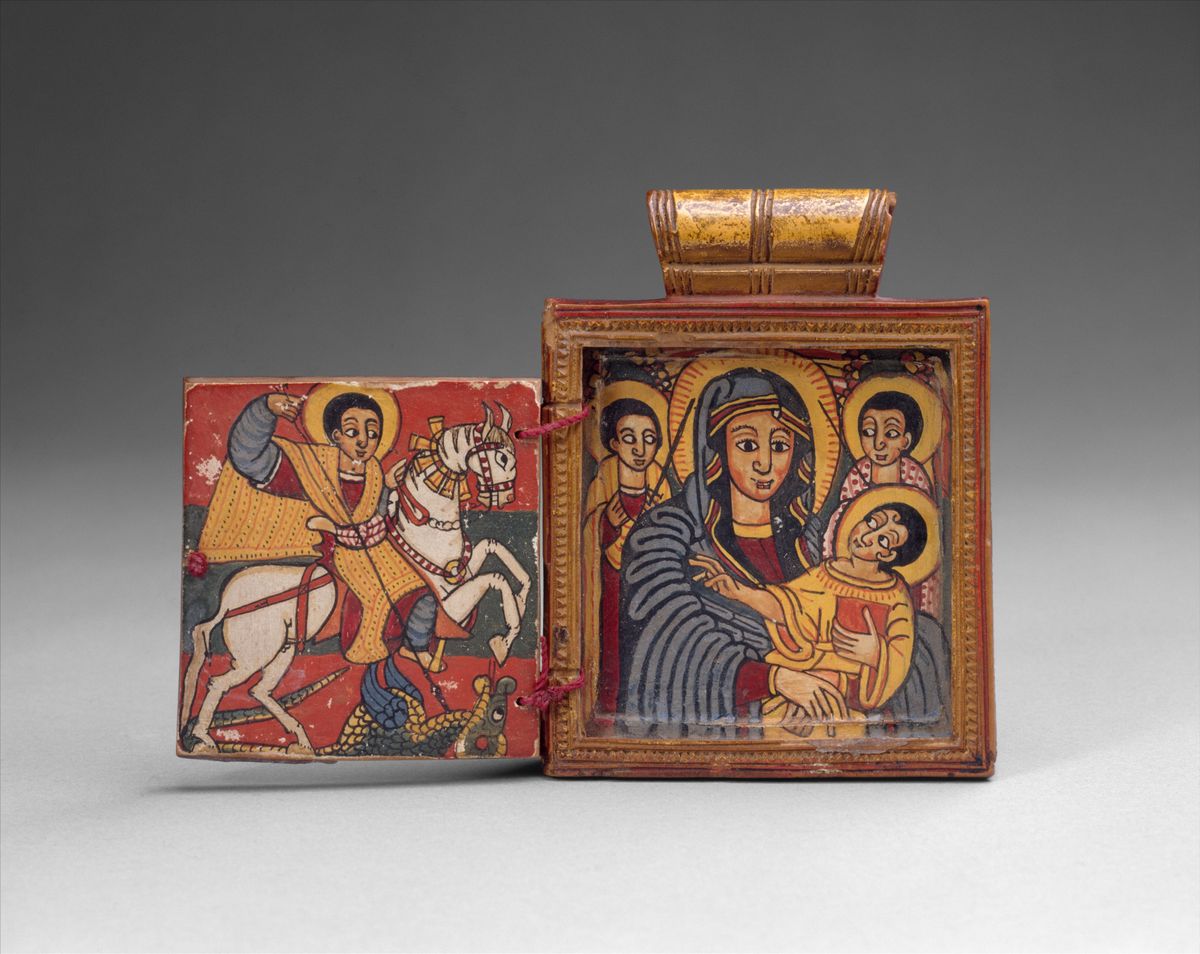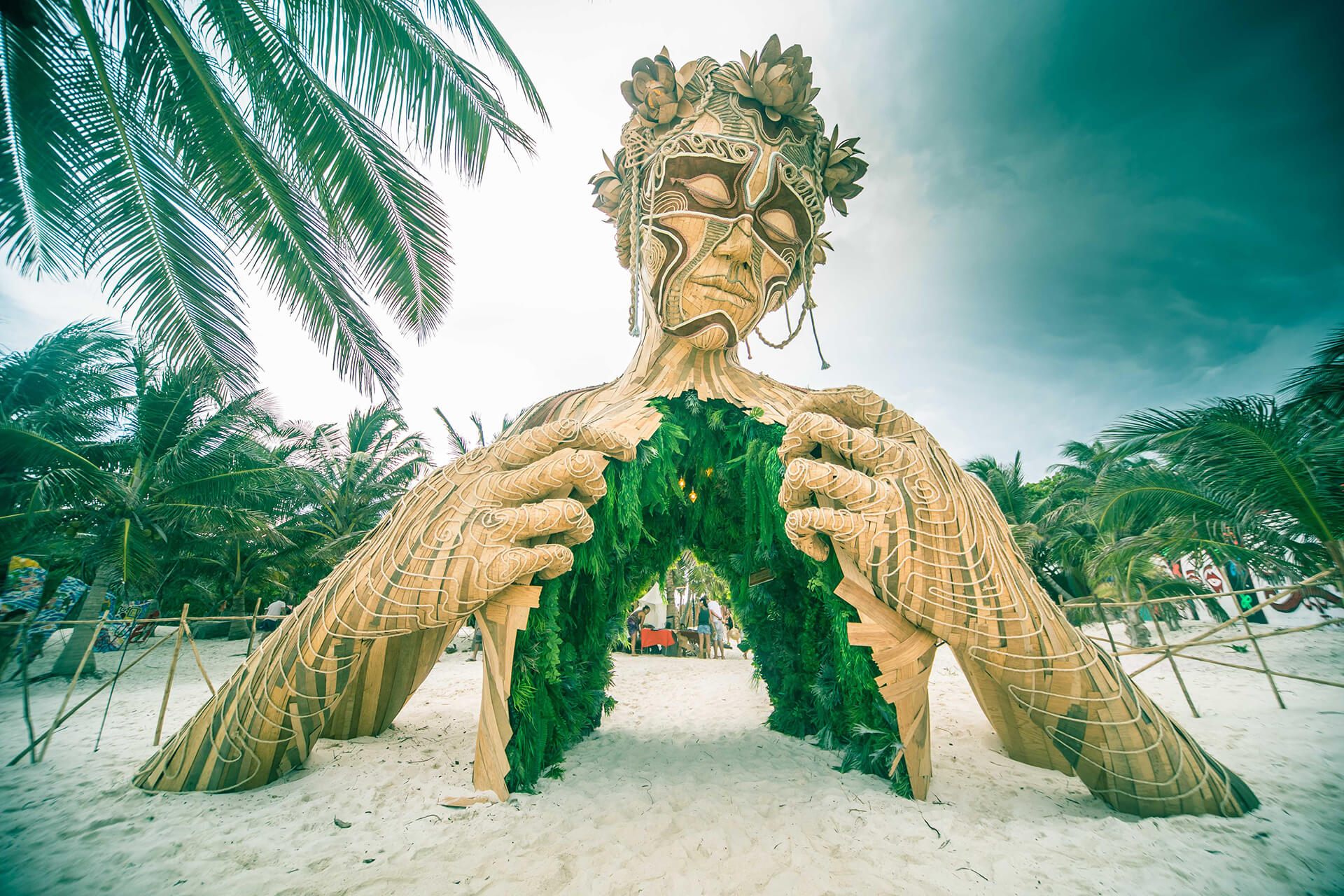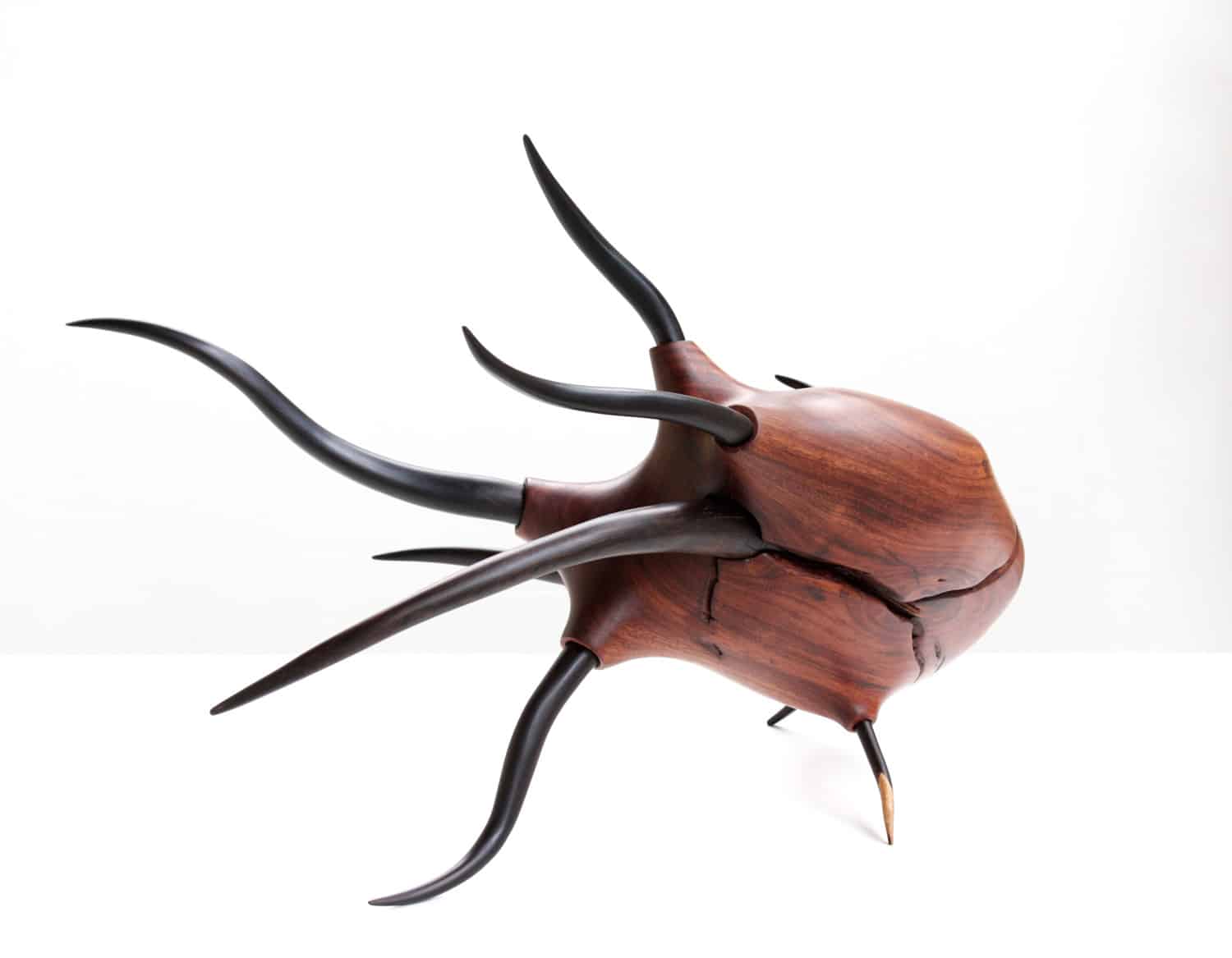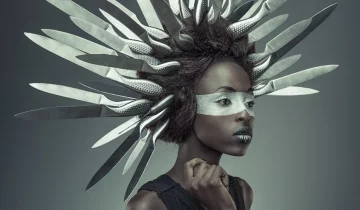Healing Through African Art: The Power of Art Therapy
Ah, the majestic realm of art! A world brimming with the unique ability to heal the human soul, where African art holds a particularly enchanting allure. In this journal, we shall embark on an exploration of the beguiling power of African art in the realm of art therapy. Together, we shall delve into the rich history and cultural significance of this remarkable art form while unveiling the extraordinary role it plays in the healing process.
As we navigate the waters of art therapy, we discover a unique approach to healing that encourages self-expression, self-discovery, and stress relief. And, when intertwined with the ancient wisdom and spiritual elements of African art, we unveil a profoundly transformative experience.
So, dear reader, let us embark on a journey of understanding, appreciation, and, above all, healing through the wondrous world of African art therapy.
Overview of African Art
African art, much like the continent itself, is vast, diverse, and steeped in rich cultural history. From the intricate sculptures of the Yoruba people to the vibrant paintings of the Ndebele tribe, African art is a vivid tapestry that tells the stories of its people.
The symbolism and spiritual elements found in African art are both profound and enigmatic. Each piece of art serves as a gateway into the beliefs, customs, and philosophies of the society from which it originates. And, as we shall see, these elements are integral to the healing power of African art therapy.
The Role of African Art in Healing and Wellness
The connection between African art and healing can be traced back to ancient times, when art was used in rituals and ceremonies to invoke the divine and facilitate spiritual growth. In many African cultures, art and spirituality are inextricably linked, both serving as conduits for mental health and well-being.
Take, for example, the Nkisi Nkondi statues of the Kongo people in Central Africa. These fascinating sculptures were created to house powerful spirits that could heal the sick, protect the community, and bring justice to wrongdoers. Through the intricate carving of the statues and the spiritual rituals that accompanied their creation, the Kongo people sought to harness the healing power of art.
Similarly, the Gebre paintings of the Ethiopian Orthodox Church have long been revered for their spiritual and therapeutic properties. These vivid depictions of religious scenes are believed to hold healing powers, providing comfort and solace to the faithful.

Art Therapy and its Principles
Now that we have established a historical connection between African art and healing, let us turn our attention to the discipline of art therapy.
Art therapy, in its most simplistic form, is the use of creative expression as a means of promoting psychological and emotional healing. Through the process of creating and reflecting upon art, individuals can explore their emotions, reduce stress, and gain insight into their own psyche.
In art therapy, the role of the therapist is to facilitate the healing process by guiding the individual through the exploration of their own artistic creations. Art therapists are trained to recognize the significance of symbolism, color, and form in a person’s artwork, using these insights to help the individual gain a deeper understanding of their emotional state.
The applications of art therapy are vast and varied, with the potential to benefit individuals coping with mental health issues, trauma, chronic illness, and more.
The Integration of African Art into Art Therapy
The amalgamation of African art and art therapy is a truly wondrous thing. By incorporating the rich symbolism and spiritual elements of African art into the therapeutic process, we are able to tap into a deeper level of healing and understanding.
One such example is the “Art for Life” program in South Africa, which utilizes traditional African art forms, such as beadwork and pottery, to help individuals affected by HIV/AIDS. Through the creative process, participants are able to express their emotions, share their stories, and gain support from their community. The program has been praised for its positive impact on the mental health and well-being of its participants, demonstrating the power of African art in the healing process.
Another compelling case is the “Ubuntu Art Therapy Project” in Kenya, which brings together survivors of gender-based violence to create traditional African textiles. Through the process of weaving, the participants are able to find solace in the rhythmic, meditative nature of the craft. The vibrant colors and patterns that emerge in their work serve as a testament to their resilience and strength in the face of adversity.
The integration of African art into art therapy also presents a unique opportunity for cross-cultural healing and understanding. By embracing the traditions and wisdom of African cultures, we open ourselves to a world of diverse perspectives and insights that can enrich and inform our approach to healing.
Challenges and Considerations
As we champion the cause of African art therapy, we must also be mindful of the challenges and considerations that come with integrating diverse cultural traditions into the therapeutic process.
Ensuring cultural sensitivity and respect for African art traditions is of paramount importance. This includes honoring the spiritual and symbolic significance of the art forms and acknowledging the unique cultural context in which they were created. By doing so, we not only foster a more inclusive and compassionate approach to art therapy but also contribute to the preservation and appreciation of African cultural heritage.
Accessibility and inclusivity must also be at the forefront of our efforts to promote African art therapy. This involves creating programs that cater to a wide range of needs and backgrounds, as well as actively seeking out and incorporating the voices of marginalized communities in the development and implementation of these programs.
And so, dear reader, we have arrived at the end of our journey through the enchanting realm of African art therapy. We have explored the rich history and cultural significance of African art, delved into the principles of art therapy, and witnessed the transformative power of their union.
As we reflect upon our journey, let us remember the importance of acknowledging and embracing diverse cultural traditions in the field of mental health and wellness. For it is through this acknowledgment and embrace that we unlock the true potential of healing, growth, and understanding across cultures.
And finally, let us champion the cause of African art therapy, promoting further research and exploration into its myriad benefits. For within the vibrant tapestry of African art lies the key to unlocking the healing power of the human spirit, a power that transcends borders, cultures, and time.





 No products in the basket.
No products in the basket.